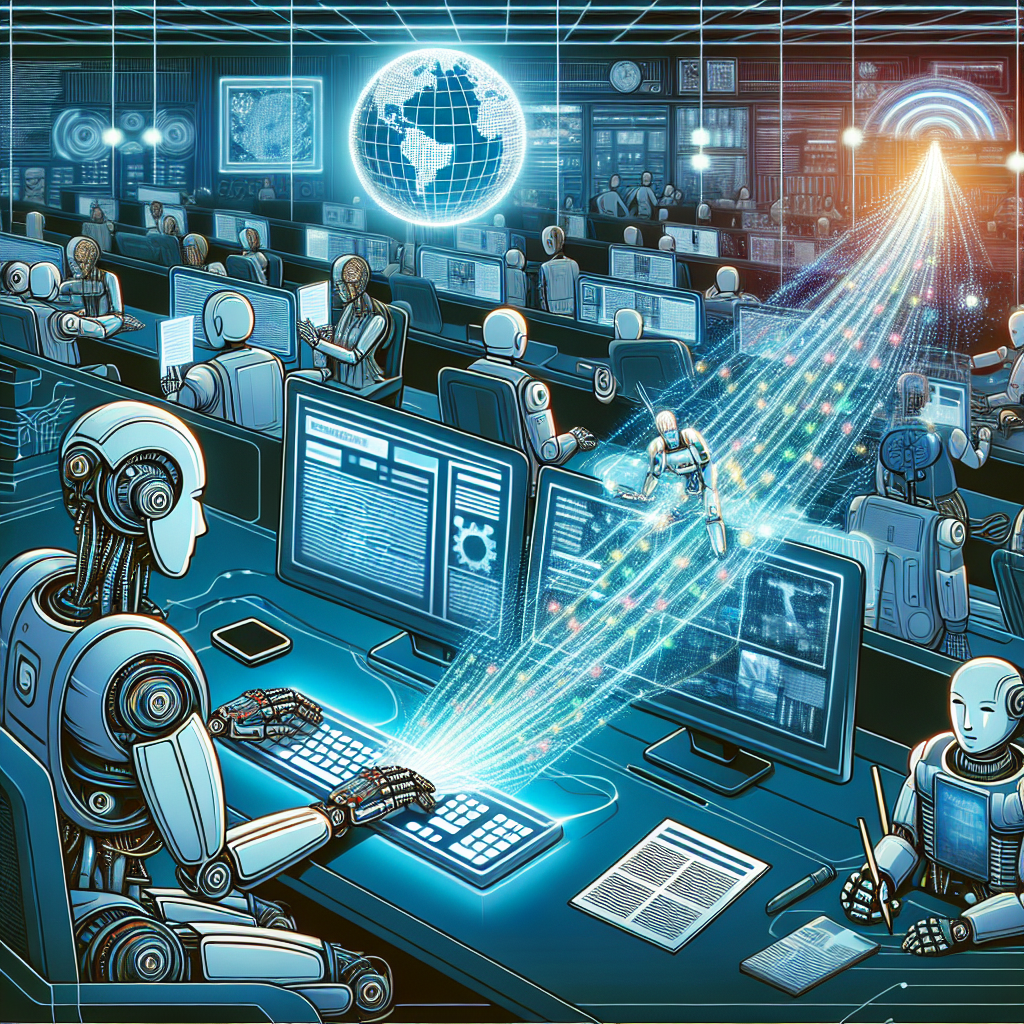The Rise of Robot Reporters: How AI is Writing News Stories
In the world of journalism, the rise of robot reporters is becoming increasingly prevalent. With advancements in artificial intelligence (AI) technology, machines are now able to generate news stories at a rapid pace, leading to a shift in how news is produced and consumed. This trend has raised questions about the future of journalism and the role of human reporters in an increasingly automated world.
AI-powered journalism platforms, such as Automated Insights and Narrative Science, are leading the charge in this new era of news reporting. These platforms use natural language generation algorithms to sift through data, analyze trends, and produce coherent news stories in a matter of seconds. This has allowed news organizations to cover a wider range of topics and produce more content than ever before.
The benefits of robot reporters are clear. They can work around the clock, churn out stories at a rapid pace, and free up human reporters to focus on more in-depth reporting and analysis. Additionally, AI-powered platforms can produce stories in multiple languages, making it easier for news organizations to reach a global audience.
However, the rise of robot reporters has also raised concerns about the quality and accuracy of news stories produced by machines. While AI algorithms are able to process large amounts of data quickly, they lack the human touch and intuition that human reporters bring to their work. This has led to questions about the credibility of news stories generated by AI and the potential for bias in automated reporting.
Despite these concerns, the trend of robot reporters shows no signs of slowing down. In fact, some news organizations are embracing AI technology as a way to enhance their reporting capabilities and reach a wider audience. As the technology continues to evolve, it is likely that AI-powered journalism will become an integral part of the news industry.
FAQs
Q: How do robot reporters work?
A: Robot reporters use natural language generation algorithms to process data and generate news stories. These algorithms analyze trends, patterns, and data points to create coherent narratives that can be published by news organizations.
Q: Are robot reporters replacing human reporters?
A: While robot reporters are becoming more prevalent in the news industry, they are not replacing human reporters. Instead, they are complementing the work of human reporters by producing news stories at a rapid pace and covering a wider range of topics.
Q: Can robot reporters be biased?
A: Like any form of journalism, robot reporters can be biased if the algorithms used to generate news stories are not properly calibrated. It is important for news organizations to monitor and review the output of robot reporters to ensure accuracy and fairness.
Q: What are the benefits of using robot reporters?
A: Robot reporters can work around the clock, produce stories at a rapid pace, and cover a wider range of topics than human reporters. They can also produce stories in multiple languages, making it easier for news organizations to reach a global audience.
Q: What are the concerns about robot reporters?
A: Concerns about robot reporters include the potential for bias, lack of human intuition and judgment, and questions about the credibility of news stories produced by AI algorithms. It is important for news organizations to carefully monitor and review the output of robot reporters to ensure accuracy and fairness.

